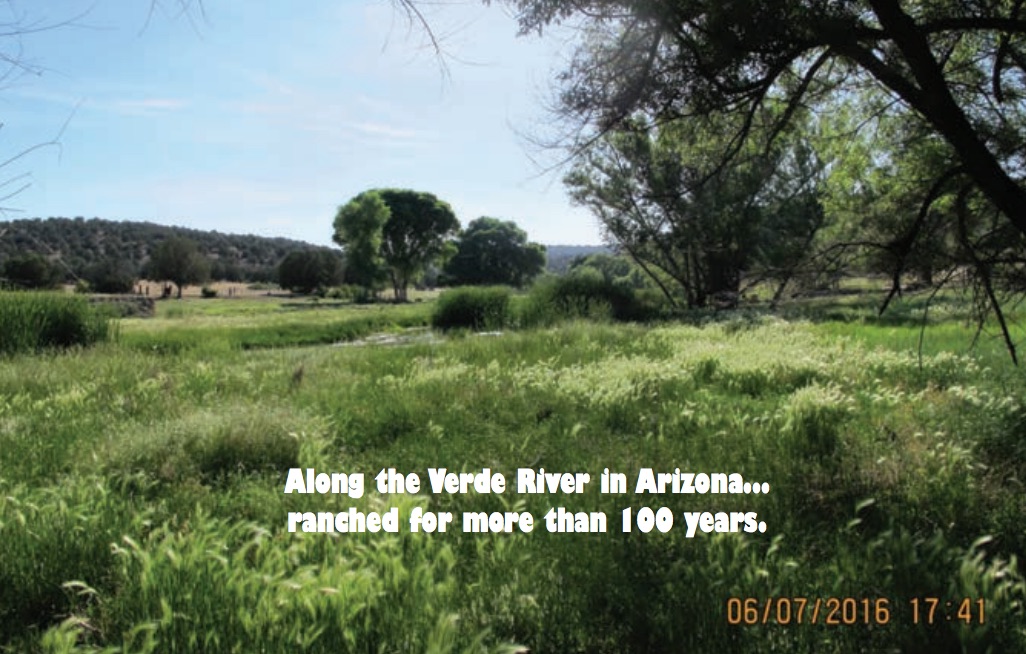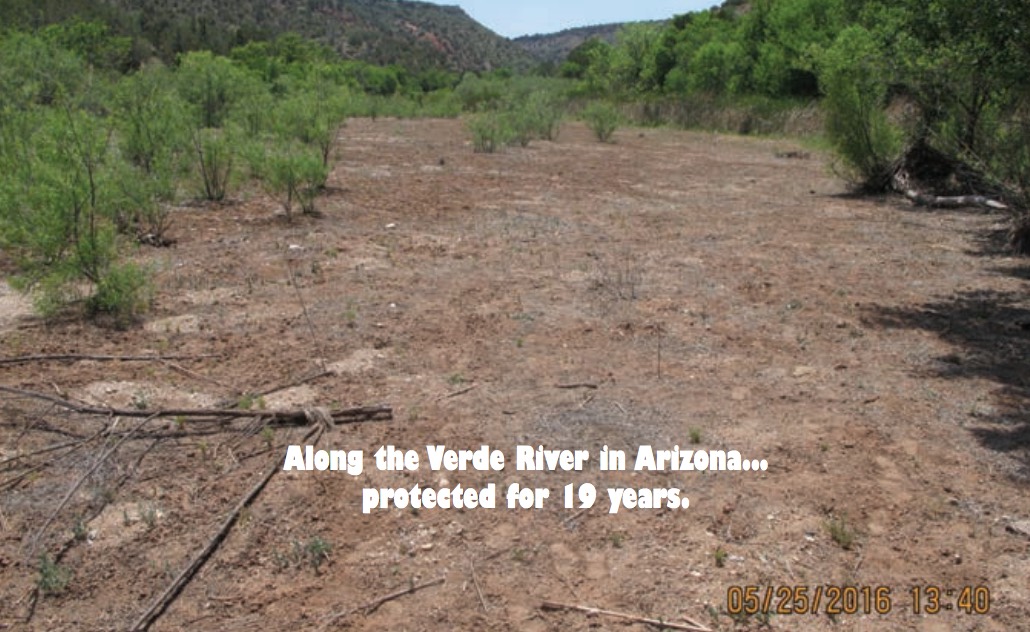Where's a Real Environmentalist When you Need One?

Many of the strongest advocates for planned grazing of cattle and other domestic animals to maintain and restore habitat health – ourselves included – started out opposed to grazing, which the agencies and universities have taught 4-generations to believe is bad for plants and animals.
NOTE: This post initially appeared in Range Magazine’s Fall 2016 edition.
Choices have been made along the Verde River in Arizona… by Dan Dagget.
Since I moved to Arizona in 1980, regulation after regulation has been enacted to “protect” the unique environment of deserts, mountains and riverside oases that was the main attraction that brought me here. Ostensibly, the intent of that strategy has been to sustain the health of the Southwest’s unique ecology, and, where necessary, restore it.
When I first arrived, I became deeply involved in that effort, helping to get millions of acres designated as “wilderness” and miles of river protected as “scenic.” Over time, however, I have kept an eye on the results of those actions. I mean the real, concrete results in terms of the condition of landscapes, grasslands, and wildlife affected, not the political results of liberal politicians elected, bureaucracies and “non-government organizations” created, lucrative grants awarded, profitable lawsuits won, and billion-dollar budgets for advocacy groups funded.
One of the best ways to compare the success of political versus concrete solutions, I am convinced, is to compare their results, and the best way to do that is via before-and-after or side-by-side comparisons. I do that by means of photographs, such as the pair included here. These two images were taken along a river—the Verde—one stretch of which I helped get designated as “wild and scenic” in 1984. The stretch of river that provides this comparison became protected in 1997 by means of an out-of-court agreement by the U.S. Forest Service with a pair of environmental groups which had brought suit to protect a “threatened” (à la the Endangered Species Act) fish—the spikedace.


These two photos were taken 13 days apart. One was taken on an area protected since 1997. The other was taken on private land managed by a rancher aware of the ecological value of using his livestock to perform functions vital to natural ecosystem health, as described by Allan Savory in the Summer 2015 issue of RANGE. [“Cows Can Save the World,” rangemagazine.com]
If the “protected” area of Verde Riverand the spikedace could do so, my bet is they would be thinking, “Where’s a real environmentalist when you need one?” No spikedace have been seen in the protected stretch of the Verde since 1997.
Dan Dagget, a writer, range consultant and conservative environmentalist, lives in Sedona, Ariz. He was one of Sierra Club’s 100 “Environmental Heroes.”
For former stories on the Verde River, go to rangemagazine.com, Back Issues, for Summer 2008, Fall 2008 and Summer 2009. Dan also has Verde River sto- ries in Winter 2014 and Spring 2016. His talks are “as good as public speaking gets.”
He may be contacted via dandagget@aol.com
